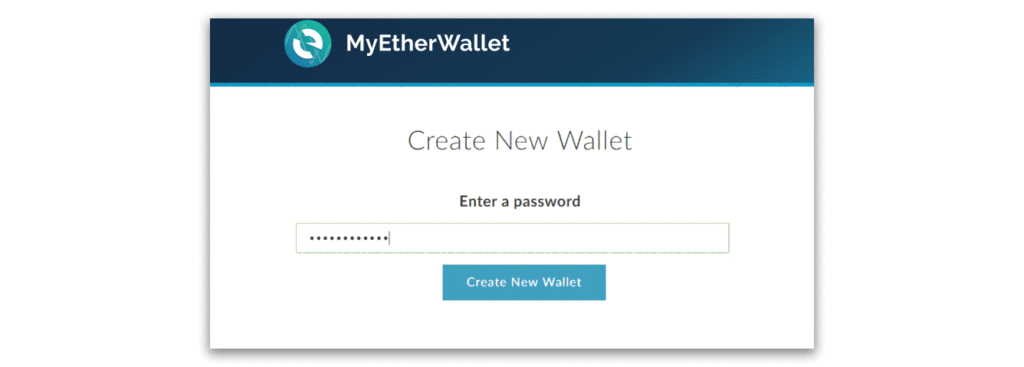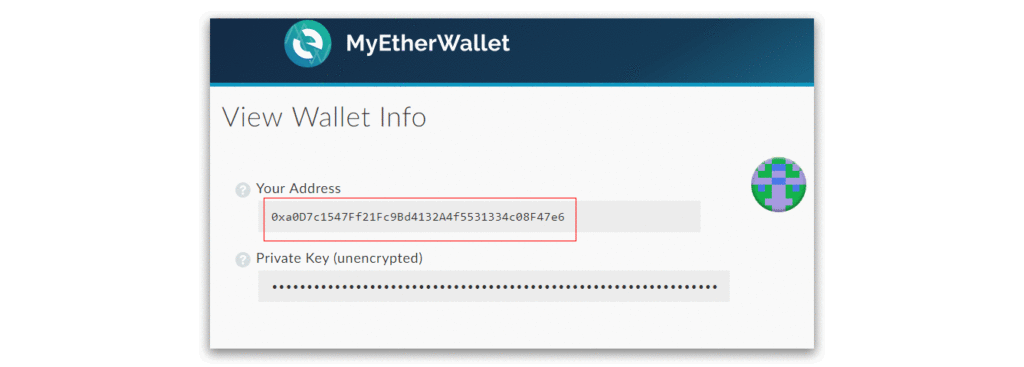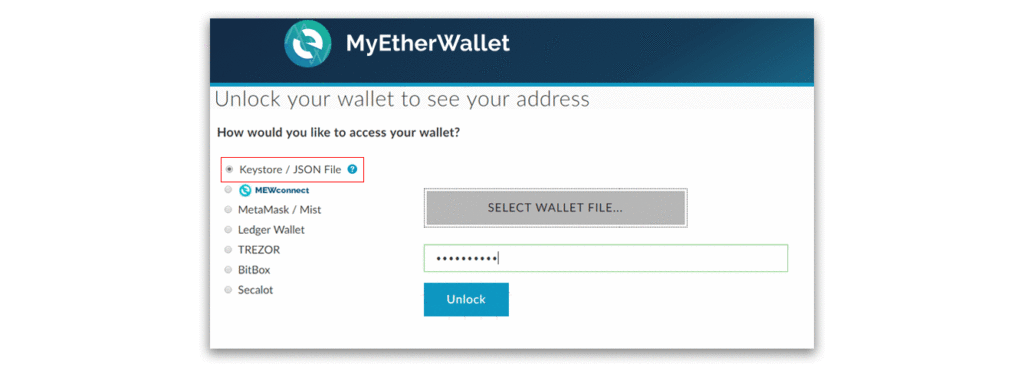
Our currency
Louvois Francs powers the De Louvois universe.
LVF are uncirculated, unavailable for public purchase and are currently distributed as cashback rewards and individual gifts to our club members.
LVF is a fungible ERC-20 compliant private utility token built on the ethereum network.
Total supply : 250,000,000 LVF
| Precision :10−18 |
Feel free to track our token using Etherscan or your favorite ethereum network explorer.
etherscan.io/token/0xc3d081732b9e87bc5d1be4574c47a2f31caa79e8
Some LVF are currently distributed within our club members and staff accounts as IOU points.
Starting in the first quarter of 2020, club members will be able to withdraw these points as LVF and store them outside of their De Louvois accounts.
For all intents and purposes, LVF is a privately owned, privately used utility token, this may evolve over time as we build more features around it.
Club members can check the current legal status of LVF within the Lab section of our Private Circles.
Hypothetical use cases
For each of these use cases, a percentage, to be determined, of returned LVF will be burned.
Get discounts on De Louvois memberships initiation fees and annual dues when paying with LVF.
De Louvois vendors, partners and artists can get discounts on their advertising bills when paying with LVF.
Independent vendors can get discounts on their marketplace listing fees when paying with LVF.
Merchants including business and artists accounts can get discounts on their monthly commission due when paying with LVF.
Members auctioning items on De Louvois can get discounts on their auction fees when paying with LVF.
Earn LVF rewards on all your purchases made using your Louvois Card.
Create your De Louvois-ready wallet address
- 1. Hop on MyEtherWallet.com and pass the click-through disclamer.
Basically, it says that unlike a cryptocurrency exchange or a bank, MyEtherWallet is just a free interface that lets you interact with the Ethereum Network on your own, and thus has no control over your funds, wallet address or password.
- 2. Find a piece of paper, think of strong password, write it down, type it in and hit "Create a New Wallet".

- 3. Good, now you are asked to download a small file called a "Keystore". Do it, keep it on hand for later and click "Continue".
( It is a good idea to backup a copy of it on a USB drive or somewhere where it won't get lost. )
- 4. So far so good, now this is getting serious and you might want to print this one : please, meet your "Private Key".
Do not lose it, or your funds will be lost.
Do not share it, or your funds will be lost.
Make backup of it, print it and secure it like the millions of dollars it may one day be worth.
Once you are done, Hit "Save Your Address" and you're all set.

- 5. Congrats ! You are now the owner of an Ethereum Wallet, and this is your very own address.
You can now use it to store your Louvois Franc.

Now that you have created your own wallet, you are the sole owner of your "Private Key", "Wallet Address" and "Ether" : you can do anything with it, including receiving Louvois Franc, digital certificates or other Ethereum based assets, however, accessing your own wallet is a bit different than logging in on a cryptocurrency exchange.
-Let's see two easy ways to access your wallet.
-
The Dumb Way
-
-
- 1. Hop back on MyEtherWallet.com, and Click on "View Wallet Info" to choose your login method.

- 2. Select "Private Key" and enter the code we asked you to backup at Step 4 and hit "Unlock".

That's it, you are now logged in. Please note that this is an easy but UNSAFE way to access your wallet.
A private key, is like a master-key-super password, if a hacker finds it, your funds will be stolen. If your computer is compromised, your funds will be stolen.
You should only use it as a last resort, and never keep it on your computer. Be responsible, hackers love money.
-
-
The Smarter, Safer Way
-
-
- Select "Keystore / JSON" instead of "Private Key".
Remember the "Keystore" file we asked you to keep on hand at Step 3 ? Hit the "Select Wallet Button" and upload it there.
Then, enter the strong password we asked you to write down at Step 2 and hit "Unlock".

That's it. You have successfully logged in using the smarter way.
What happened ? Your have just used your "Keystore" file which actually contains your "Private Key", encrypted by the strong password you have chosen.
This way, even if a hacker finds your Keystore file, he/she won't be able to unlock your wallet without your password.
Please note that, although there are are even safer ways to protect your Ethereum Wallet, this should be sufficient for a begginer starting with a small amount of capital.
Such ways include installing MetaMask browser plugin , using a Hardware Wallet, or even running an Local version of MyEtherWallet on an offline computer...

